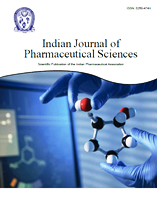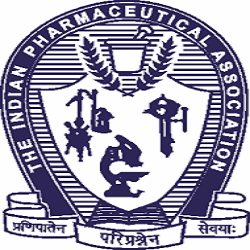Abstract
In Vitro Cytotoxic activity of Rhinacanthin Enriched Extract from Leaves of Rhinacanthus nasutus (L.) Kurz., (Acanthaceae) against Neuroblastoma Cell Line
Sethuraman Sakthi Priyadarsini, Department of Pharmacognosy, SRM College of Pharmacy, Faculty of Medicine and Health Sciences, Sri Ramaswamy Memorial Institute of Science and Technology, Kanchipuram, Chennai 603203, India
Correspondence Address:
Department of Pharmacognosy, Sri Ramaswamy Memorial College of Pharmacy, Faculty of Medicine and Health Sciences, SRM Institute of Science and Technology, Kanchipuram, Chennai 603203, India
In the present study, the shade dried powdered leaves of Rhinacanthus nasutus (L.) Kurz., was subjected to maceration with ethyl acetate, concentrated and evaporated to dryness. The ethyl acetate extract was subjected to anion exchange column chromatography and the isolated rhinacanthin enriched extract was analyzed by thin layer chromatography and fourier-transform infrared studies. In the present study, the in vitro cytotoxic activity of the rhinacanthin rich extract of Rhinacanthus nasutus (L) Kurz., over SH-SY5Y human neuroblastoma cell line was assessed by 3-(4,5-dimethyl-2-thiazolyl)-2,5-diphenyl-tetrazolium bromide assay and compared with the standard drug doxorubicin. The preliminary phytochemical screening revealed the presence of alkaloids, quinones, glycosides, carbohydrates, amino acids and tannins. The thin layer chromatography profiling showed the presence of secondary metabolites in various mobile phase systems. Fourier-Transform Infrared analysis of rhinacanthin enriched extract confirmed the presence of functional groups including 1, 4-quinone carbonyl component. The results of in vitro cell line studies revealed a dose dependent cytotoxic effect on human neuroblastoma cell lines with an IC50 value of 88.9 μg/ml. Thus the results validate the potential of rhinacanthin enriched extract against neuroblastoma cancer and based on this initial screening, further studies at elucidation of its molecular mechanism as cancer therapeutics can be undertaken.
Full-Text | PDF



